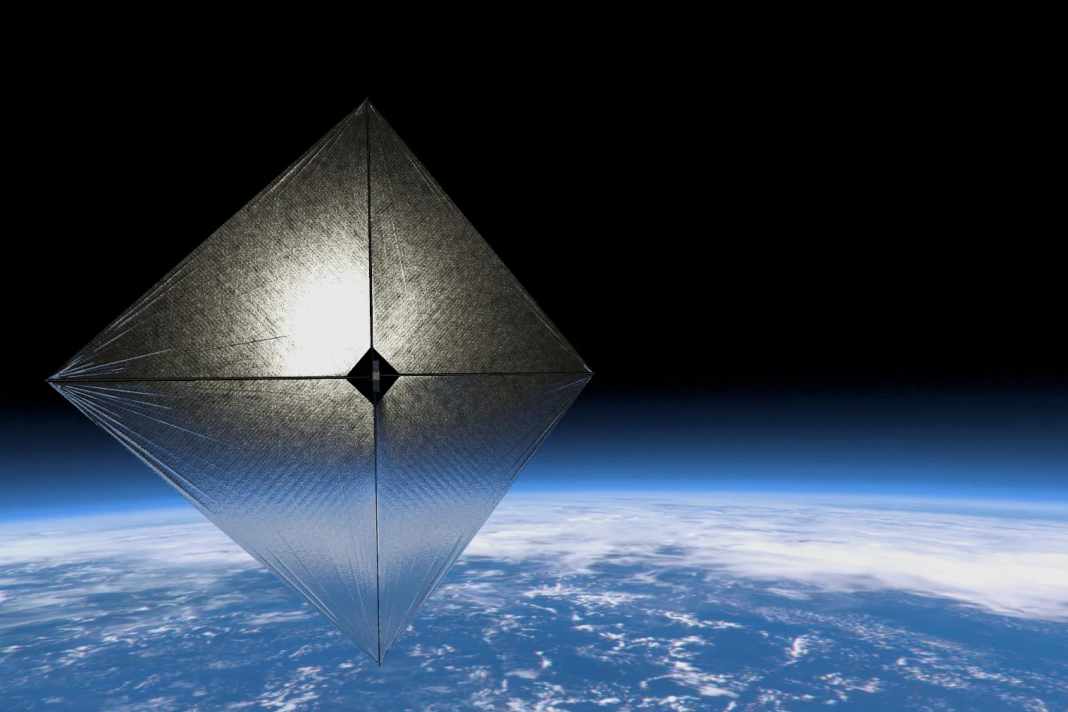Space travel: Under sail to the stars - NASA tests new solar sail as a propulsion system
Hauke Schmidt
· 25.04.2024






Launched from New Zealand on 23 April, the Advanced Composite Solar Sail System (ACS3) is just the size of a microwave oven, but could revolutionise space travel thanks to fuel-saving sailing technology and enable previously impossible long-term missions. To overcome the Earth's gravitational pull with conventional rocket technology requires a lot of fuel. Around 90 per cent of a rocket's launch mass is taken up by the fuel required for take-off. There are therefore hardly any reserves left to accelerate further in space. Moreover, every additional gram of fuel reduces the payload. NASA and other space agencies have therefore been working for years to propel spacecraft with the help of the solar wind. The idea is simple: the sun sends a continuous stream of particles into space, and if the spacecraft is equipped with a reflector, the momentum of the photons can be used for propulsion. Although the energy of the individual photons is tiny, with a correspondingly large reflector and enough time, enormous speeds can be achieved - without consuming any fuel.
The sail position controls the orbit
NASA's Advanced Composite Solar Sail System is equipped with precisely this technology. The satellite requires a conventional rocket for the launch; once in orbit at an altitude of 1000 kilometres, an 80 square metre solar sail is to be rolled out. The ACS3 will then be able to influence its orbit simply by changing the position of the sail. The mission aims to improve the efficiency and reliability of solar sails by using new materials. These include, in particular, the rollable carbon fibre booms, which are lighter, more flexible and more resistant to the extreme temperature fluctuations in space than traditional metal constructions.
Another advantage of the CFRP booms is their compactness before launch. As Alan Rhodes, lead systems engineer for the mission at NASA's Ames Research Center, emphasised: "Seven metres of the deployable booms can be rolled up into a shape that fits in your hand." This feature makes them ideal for transport into space and opens up new possibilities for future missions. For example, to ice-covered moons such as Europa or Enceladus, where conditions could be favourable for extraterrestrial life. Previously, such destinations were difficult to reach as the space probes had to carry a lot of fuel and perform the necessary manoeuvres.
One particularly fascinating aspect of this mission is the visibility of the solar sail from Earth. Once fully deployed, the sail will shine as brightly as Sirius - the brightest star in the night sky.
Sail battens according to the same principle
Sailors may be familiar with the idea of roll-up profiles; for example, the profiles developed by Harken and Rutgerson Roller battens based on a similar principle. However, the sail battens for furling headsails do not use carbon fibre laminate, but simply a curved stainless steel strip. Another application is the retractable boat hook and the VHF emergency antenna from Revolve.
